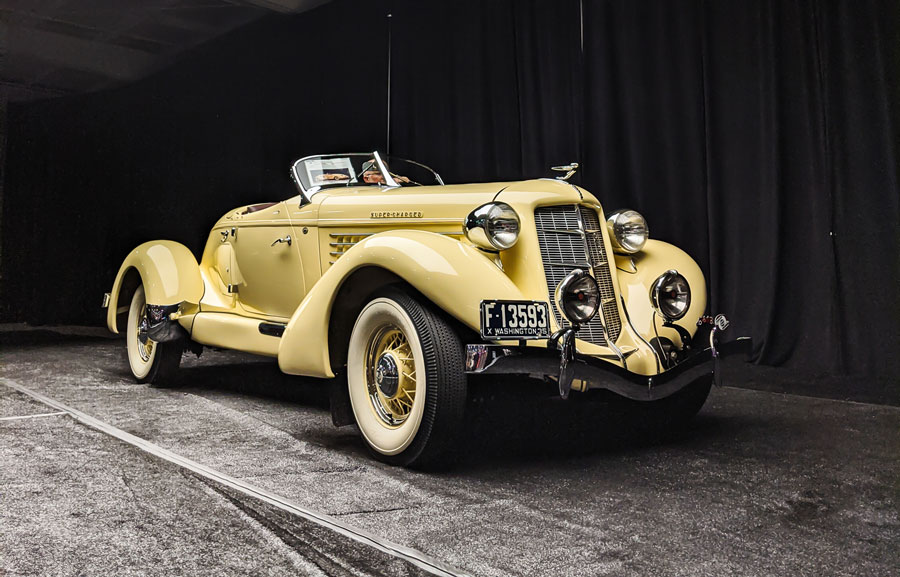- Twice certified Category 1 by the ACD Club
- CCCA Senior and National First Prize winner
- Supercharged “SC” model with Columbia rear axle
- One of the most stunning body styles of any era
- Meticulously restored with original components in the late 1990s
1935 Auburn 851 SC Boattail Speedster

